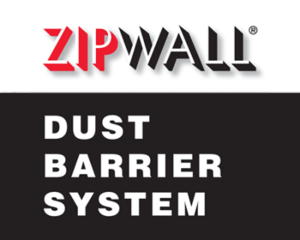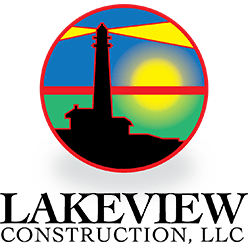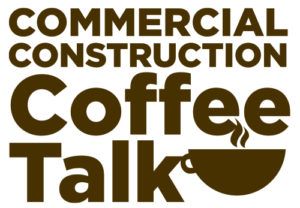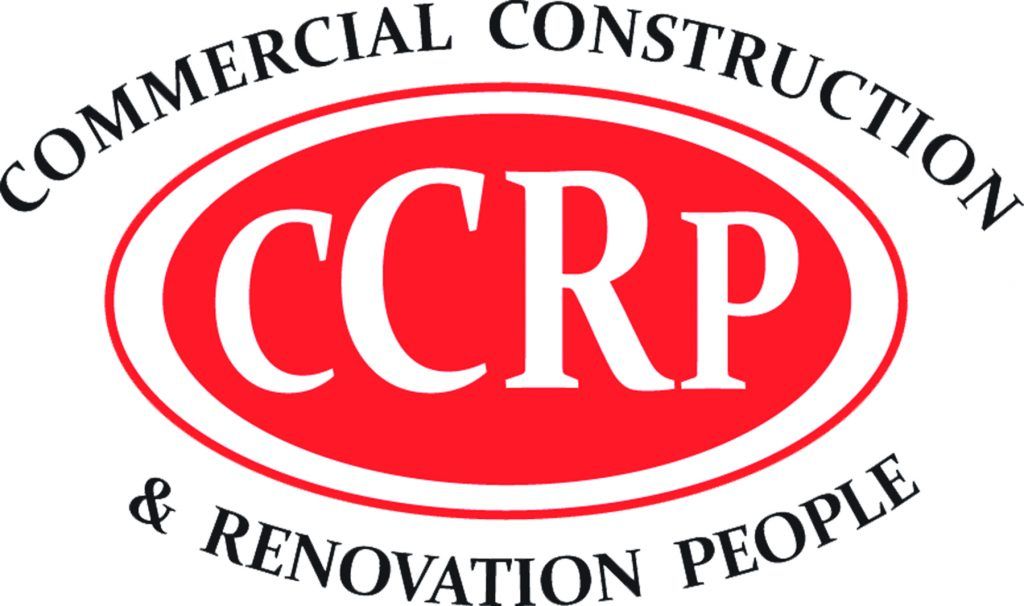Building high-rise structures stands as one of modern engineering’s most intricate projects. Industry forecasts predict a 5% rise in total U.S. engineering and construction spending by the end of 2023 which drives unprecedented demand for innovative solutions to address these construction challenges.
Inside This Guide:
- Understanding Core Construction Challenges
- Critical Design Considerations
- Managing Project Complexities
- Modern Solutions and Technologies
- Future-Proofing High-Rise Projects
Understanding Core Construction Challenges
Specialized expertise and thorough planning are essential to navigate the distinct challenges inherent to high-rise construction projects. Structural integrity represents the primary challenge that construction professionals must address. Professional structural engineering services deliver essential support to make sure buildings can resist gravity loads and lateral forces while preserving safety and stability over their entire lifespan.
Recent years have seen a considerable escalation in the complexity of these projects. Expected strong double-digit growth in sectors such as multifamily residential and manufacturing through 2023 has increased pressure on delivering successful high-rise projects while managing multiple challenges.
Foundation and Site Preparation
A high-rise building needs an extremely strong foundation to hold up against the massive weight and forces it will encounter. Key considerations include:
- Soil stability assessment and ground improvement techniques
- Deep foundation systems and their implementation
- Groundwater management and dewatering solutions
- Seismic considerations and vibration control
According to recent industry reports subcontractor delays stood as the primary obstacle for one-third of U.S. builders during 2023 which increases the importance of thorough foundation planning and execution.
Critical Design Considerations
Safety and functionality in high-rise buildings depend on comprehensive attention to various structural design factors. Engineers must account for:
- Wind load calculations and aerodynamic effects
- Seismic forces and building sway
- Material selection and performance requirements
- Vertical transportation systems
- Building envelope and facade integration
- Core structure optimization
Modern high-rise projects require sophisticated engineering solutions to manage their growing complexity. The latest data shows contractors still face supply chain difficulties and workforce shortages which affect construction expenses and schedules. Early-stage planning must include advanced design methodologies and structural analysis tools to address current challenges.
Material Selection and Innovation
The selection of building materials plays a crucial role in determining the structural stability and financial feasibility of high-rise construction projects. Modern buildings often incorporate:
- High-strength concrete formulations
- Advanced steel composites
- Innovative connection systems
- Sustainable and lightweight materials
Construction projects have decreased in size to their lowest point in a decade which makes material efficiency more critical than ever. Engineers need to ensure that structures meet necessary specifications and budget constraints while adhering to strict safety regulations.
Managing Project Complexities
High-rise construction projects succeed only when multiple stakeholders and processes work together in a coordinated manner. Recent industry reports indicate that construction demand across various sectors is being heavily affected by rising interest rates and changing work patterns which highlights the increasing importance of efficient project management.
Timeline and Resource Management
Effective project management in high-rise construction involves:
- Detailed scheduling and milestone planning
- Resource allocation and optimization
- Supply chain coordination and logistics
- Quality control and compliance monitoring
- Risk assessment and mitigation strategies
The decline of the Nonresidential Construction Index (NRCI) from 49.8 in the third quarter to 45.9 in the fourth quarter signals persistent industry challenges that need thoughtful management and strategic planning.
Construction Safety and Compliance
Safety remains paramount in high-rise construction. A comprehensive safety program must address:
- Worker safety protocols and training
- Equipment operation guidelines
- Emergency response procedures
- Environmental impact management
- Regulatory compliance requirements
The fluctuating growth in construction spending across various segments makes it essential to uphold safety standards consistently while adapting to changing project demands.
Modern Solutions and Technologies
New construction technology developments have produced innovative solutions for addressing longstanding problems in high-rise building construction. Advanced tools and methodologies now play a crucial role in:
Building Information Modeling (BIM)
BIM technology has revolutionized how high-rise projects are planned and executed by:
- Enabling 3D visualization of complex structural systems
- Facilitating clash detection and resolution
- Improving coordination between different trades
- Providing accurate material quantity estimates
- Supporting real-time project modifications
Advanced Construction Methods
The implementation of innovative construction techniques has become essential for meeting the challenges of modern high-rise building projects:
- Modular construction systems
- Prefabricated building components
- Advanced concrete pumping systems
- Smart building technologies
- Automated construction equipment
Modern construction methods respond to workforce shortages identified by contractors through increased efficiency and shorter project schedules. The adoption of new technologies has become essential for industry adaptation in the face of emerging challenges in the post-pandemic world.
Structural Monitoring Systems
Real-time monitoring of structural behavior during and after construction has become increasingly important:
- Wireless sensor networks
- Load monitoring systems
- Displacement measurement tools
- Vibration analysis equipment
- Environmental monitoring devices
The data collected from these systems enables engineers and contractors to maintain structural integrity during a building’s lifecycle and implement predictive maintenance strategies that lower long-term costs.
Future-Proofing High-Rise Projects
The construction industry’s ongoing evolution makes future-proofing high-rise projects more critical than ever. The construction industry now prioritizes sustainable and adaptable structures because single-family home projects have decreased by 16% compared to last year.
Sustainable Design Integration
The push for sustainability in high-rise construction has become a driving force in modern building design:
- Energy-efficient building systems
- Renewable energy integration
- Water conservation measures
- Sustainable material selection
- Green building certification compliance
The combination of rising interest rates and shifting work patterns in various sectors makes sustainable design features essential to preserve building value and appeal to prospective tenants.
Adaptable Space Planning
Modern high-rise buildings must be designed with flexibility in mind:
- Modular floor plans
- Convertible space configurations
- Upgradeable building systems
- Future technology integration
- Mixed-use capabilities
The ability to adapt allows buildings to meet evolving market and user needs throughout their existence while optimizing their long-term value and functionality.
Risk Management and Quality Assurance
Effective risk management is crucial for successful high-rise construction projects:
Comprehensive Quality Control
Quality assurance in high-rise construction requires:
- Regular structural inspections
- Material testing protocols
- Construction method verification
- Documentation and reporting systems
- Third-party verification processes
The ongoing supply chain challenges and workforce shortages of 2023 require contractors to focus more intensively on maintaining rigorous quality control.
Risk Assessment and Mitigation
Key risk management strategies include:
- Detailed pre-construction analysis
- Regular safety audits
- Environmental impact assessments
- Financial risk evaluation
- Contingency planning
The implementation of these measures guarantees project success and maintains protection of stakeholder interests during the entire construction process.
Essential Coordination and Communication
The complexity of high-rise construction demands exceptional coordination between all stakeholders:
Stakeholder Management
Effective stakeholder management involves:
- Regular project status meetings
- Clear communication channels
- Defined decision-making processes
- Progress reporting systems
- Conflict resolution procedures
The Nonresidential Construction Index highlights persistent difficulties which have made maintaining strong relationships and clear communication channels between all parties a top priority.
Technology Integration
Modern communication and coordination tools include:
- Project management software
- Cloud-based collaboration platforms
- Real-time reporting systems
- Mobile field applications
- Virtual meeting platforms
The current technological solutions enable effective management of different teams and processes during complex high-rise construction projects.
Final Considerations
Best Practices for Success
Successful high-rise construction projects consistently implement:
- Comprehensive pre-construction planning
- Regular stakeholder engagement
- Robust quality control systems
- Advanced technology utilization
- Continuous process improvement
The uneven expansion of engineering and construction spending across different sectors requires strict adherence to best practices to ensure project success.
Looking Ahead
The future of high-rise construction continues to evolve with:
- Emerging technologies
- Sustainable building practices
- Changing market demands
- Regulatory requirements
- Economic considerations
The high-rise construction sector must continuously adapt to emerging challenges and opportunities to maintain success through knowledge acquisition and proven solution implementation.
Key Takeaways
The successful execution of high-rise construction projects requires a comprehensive approach that addresses multiple challenges:
- Structural integrity and engineering excellence remain fundamental
- The construction industry undergoes continual transformation through the implementation of advanced technologies and methods.
- Sustainable design and adaptability are increasingly critical
- Effective project management and coordination are essential
Maintaining quality control and managing risks is an ongoing requirement.
As construction spending patterns shift and new challenges materialize the industry needs to remain adaptable and innovative while keeping safety, quality, and efficiency at the forefront. The future of high-rise construction depends on combining time-tested engineering principles with innovative solutions to satisfy existing demands while preparing for future requirements.





























